I finished lambing a flock of ewe lambs on 2 May. Normally, there are 20 or 30 of these young sheep to contend with, but as part of an overall plan to help spread lambing dates, it seemed like a good idea to increase their numbers.
The overall result has been positive, and the time-honoured aim of finishing with more lambs than ewes put to the ram was narrowly achieved. Forget about scanning percentages and multiple births; one lamb apiece is plenty for these young mothers.
Putting ewe lambs to the ram is one of those practices that divides opinion in the farming world. There are highly capable shepherds that wouldn’t let a pregnant ewe lamb onto their farm as they just do not want the extra hassle, and associated stretch in the lambing season.
Other sheep men and women firmly believe that ewe lambs should always be run over the first winter without the ram, and then served as gimmers the following season.
I can see all sides of the argument, but come down firmly in favour of serving them as lambs, so long as they are suitably mature (in other words, are heavy enough).
To the ram
Forty-nine females were put to the ram, and they were a mixture of homegrown Texel x Mules and bought-in Mules. Theoretically, the homebreds might have outperformed the Mules because they were hand-picked at birth from trouble-free mothers.
But this is the world of sheep, where anything can happen, and there really wasn’t much to choose between the two camps. If a ewe lamb is giving birth to a big single, you’re going to have to give her a wee hand, irrespective of selection policy.
The weather gave us a helping hand too, with a minimal number of wet days, meaning that I was able to get a simple system in place which seemed to work well.
They were carted home to a three-acre field beside the yard just before lambing started and were brought in at night for ease of management. They were also brought into the yard if one of them showed signs of starting to give birth in the field.
Catch
Trying to catch or corner a ewe lamb outside is a lot easier said than done, and tends to be a deeply frustrating experience. Plus, if you do get her successfully lambed outdoors, there is a strong likelihood that as soon as this miracle of nature has taken place, she’ll spring to her feet, and gallop to the furthest corner.
The final tally of 49 ewes put to the ram with 56 lambs at foot could be a misleading statistic.
One homebred animal died before lambing commenced, another wasn’t in-lamb at all (or else aborted early in her pregnancy), while two more definitely aborted (despite being vaccinated for both toxoplasmosis and enzootic abortion).
At the heels of the hunt, three more are not rearing anything (for a variety of reasons), thus leaving 14 mums with doubles at foot and 28 with singles. This may not sound like much of a resounding success, but I am more than happy with the overall picture. There are no wrecked sheep due to difficult births, and even the ones with nothing sucking them will be fine for next year.
Achievement
After lambing all of them had to be moved to another field. Given that ewe lambs are notoriously fickle when it comes to following their lamb, I am delighted to be able to state, hand on heart, that every one of them followed me out of their individual pen, down the yard and up the ramp of the trailer.
Only someone who has experienced a lambing season which includes these yearlings will understand this as my proudest achievement.
I interpret this small victory as an endorsement of months and months of quiet handling and uncharacteristic patience. Perhaps my wife, Susan’s presence when I’m working with sheep played a significant role too, since she had an uncanny ability to sense when my fuse was about to blow, and often stepped in with an air of calm and a sense of perspective.
Read more
Bewilderment at latest benchmarking results
The best sheepdog in the world
I finished lambing a flock of ewe lambs on 2 May. Normally, there are 20 or 30 of these young sheep to contend with, but as part of an overall plan to help spread lambing dates, it seemed like a good idea to increase their numbers.
The overall result has been positive, and the time-honoured aim of finishing with more lambs than ewes put to the ram was narrowly achieved. Forget about scanning percentages and multiple births; one lamb apiece is plenty for these young mothers.
Putting ewe lambs to the ram is one of those practices that divides opinion in the farming world. There are highly capable shepherds that wouldn’t let a pregnant ewe lamb onto their farm as they just do not want the extra hassle, and associated stretch in the lambing season.
Other sheep men and women firmly believe that ewe lambs should always be run over the first winter without the ram, and then served as gimmers the following season.
I can see all sides of the argument, but come down firmly in favour of serving them as lambs, so long as they are suitably mature (in other words, are heavy enough).
To the ram
Forty-nine females were put to the ram, and they were a mixture of homegrown Texel x Mules and bought-in Mules. Theoretically, the homebreds might have outperformed the Mules because they were hand-picked at birth from trouble-free mothers.
But this is the world of sheep, where anything can happen, and there really wasn’t much to choose between the two camps. If a ewe lamb is giving birth to a big single, you’re going to have to give her a wee hand, irrespective of selection policy.
The weather gave us a helping hand too, with a minimal number of wet days, meaning that I was able to get a simple system in place which seemed to work well.
They were carted home to a three-acre field beside the yard just before lambing started and were brought in at night for ease of management. They were also brought into the yard if one of them showed signs of starting to give birth in the field.
Catch
Trying to catch or corner a ewe lamb outside is a lot easier said than done, and tends to be a deeply frustrating experience. Plus, if you do get her successfully lambed outdoors, there is a strong likelihood that as soon as this miracle of nature has taken place, she’ll spring to her feet, and gallop to the furthest corner.
The final tally of 49 ewes put to the ram with 56 lambs at foot could be a misleading statistic.
One homebred animal died before lambing commenced, another wasn’t in-lamb at all (or else aborted early in her pregnancy), while two more definitely aborted (despite being vaccinated for both toxoplasmosis and enzootic abortion).
At the heels of the hunt, three more are not rearing anything (for a variety of reasons), thus leaving 14 mums with doubles at foot and 28 with singles. This may not sound like much of a resounding success, but I am more than happy with the overall picture. There are no wrecked sheep due to difficult births, and even the ones with nothing sucking them will be fine for next year.
Achievement
After lambing all of them had to be moved to another field. Given that ewe lambs are notoriously fickle when it comes to following their lamb, I am delighted to be able to state, hand on heart, that every one of them followed me out of their individual pen, down the yard and up the ramp of the trailer.
Only someone who has experienced a lambing season which includes these yearlings will understand this as my proudest achievement.
I interpret this small victory as an endorsement of months and months of quiet handling and uncharacteristic patience. Perhaps my wife, Susan’s presence when I’m working with sheep played a significant role too, since she had an uncanny ability to sense when my fuse was about to blow, and often stepped in with an air of calm and a sense of perspective.
Read more
Bewilderment at latest benchmarking results
The best sheepdog in the world




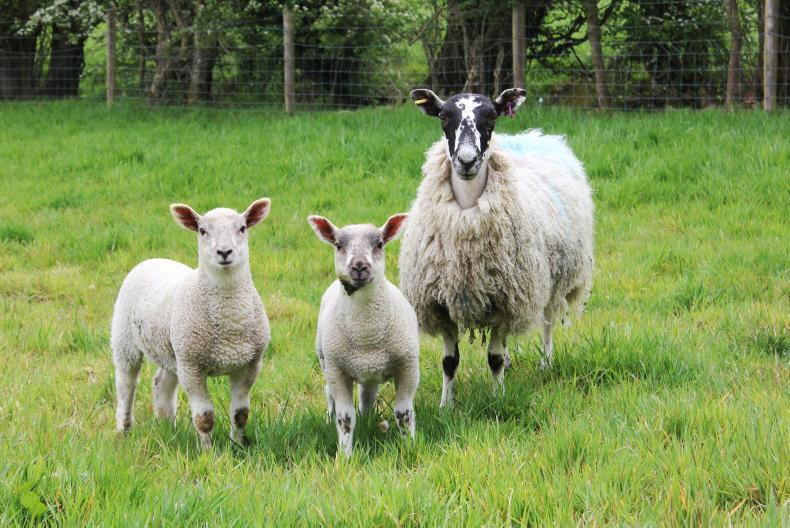
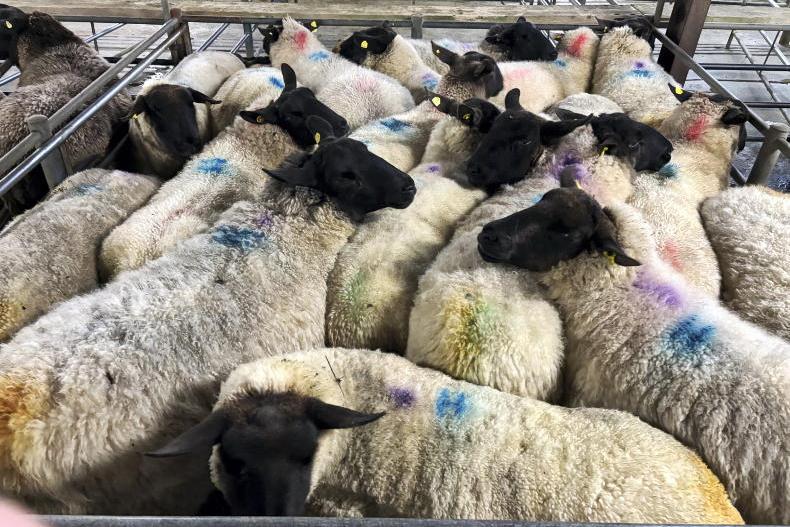

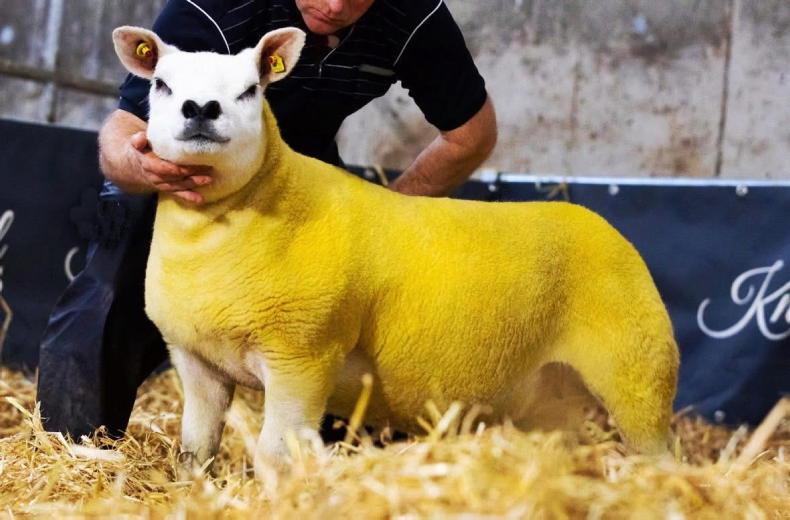
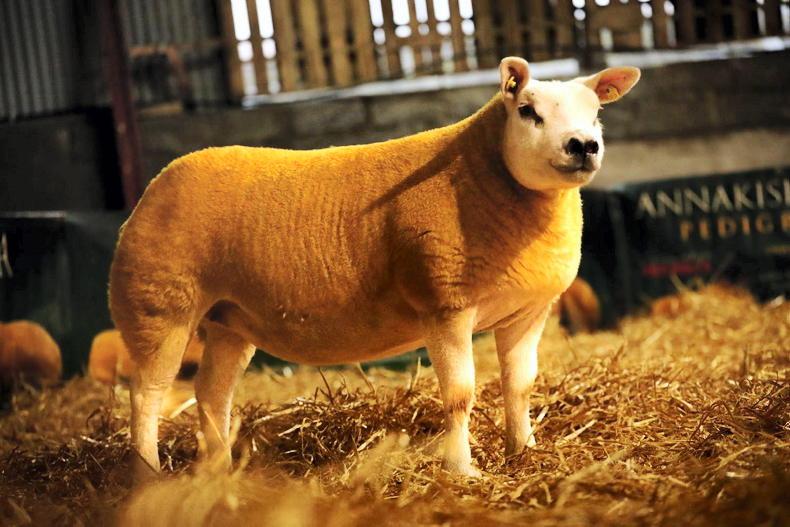
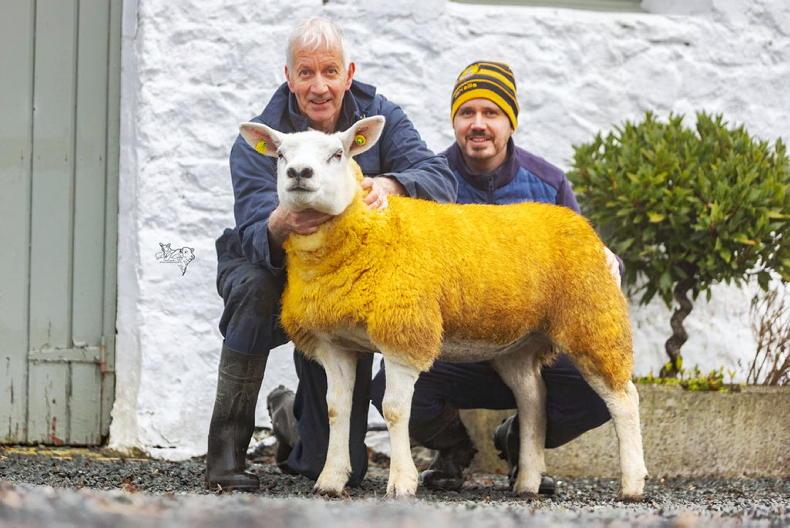
SHARING OPTIONS